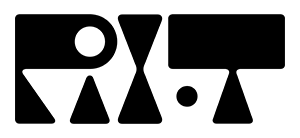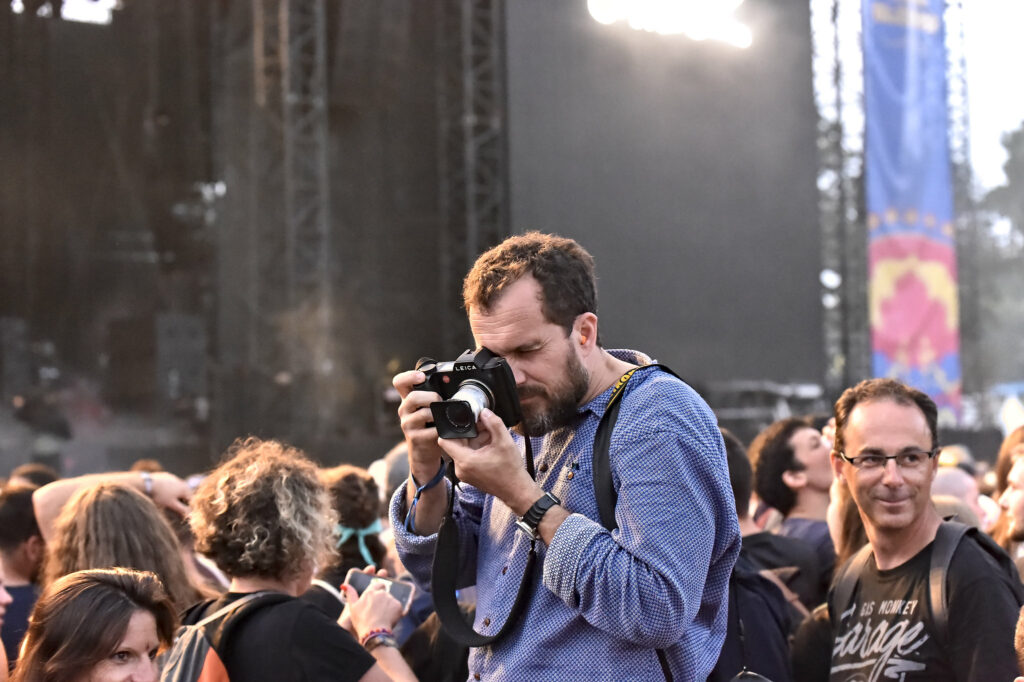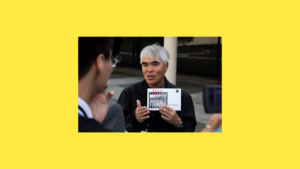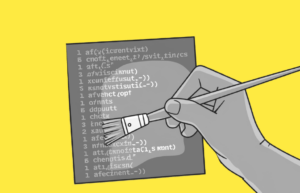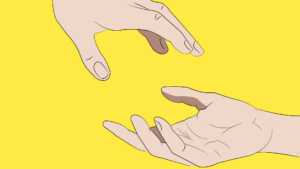In the always evolving landscape of media and technology, high-quality and independent photojournalism remains an essential tool for storytelling, and for bringing the world’s events to our doorstep. However, as 2024 begins, the challenges faced by photojournalists have reached unprecedented levels with increased economic constraints and the growing risks that AI undermines trust in media and journalism.
The Pix.T consortium, which is building a state-of-the-art technical solution to support the certification, distribution and monetization of professional photography, includes top players in European photojournalism. In addition to national news agencies PAP (Poland) and CTK (Czech Republic), Pix.T also includes author-driven photo agencies NOOR (The Netherlands) and Constrasto (Italy) that have clear ideas about the priorities of the year ahead.
Francesca Ferretti, General Coordinator for the Italian photography agency Contrasto, believes that 2023 has left us with a changing publishing market situation for photojournalism. “The escalation of war situations, from Ukraine heading into its second anniversary, to the situation in the Middle East are clear signs of a change for the worse where photojournalists are called to work,” Ferretti says.
She also noted how photojournalists, who work either in staff positions for U.S. and European newspapers or as freelance, are covering conflict zones (Ukraine in 2023) and war-torn regions. They face an ever-present threat to their physical safety. Several photojournalists and journalists lost their lives. Among them Victor Dudar, from Lviv, killed on March 6 in Mykolaiv. Oleh Yakunin, editor-in-chief of some websites, died in the fighting in Zaporizhzhia on March 18. Near Lugansk, in Popasna, video operator and photographer Yuriy Oliynyk died on March 23. Ruslan Orudzhev, a journalist from Lviv, has been missing since March 18 while fighting in the Lugansk region.
One of the other greatest challenges faced by photojournalists in 2023 was the advent of artificial intelligence, according to Maria Goirigolzarri, the project director at NOOR. “AI has erupted at mass level in every industry, but it comes with threats and opportunities as every new technology,” Goirigolzarri said. “On the negative side, applied to our industry, there’s the risk of AI used to produce misinformation and banalisation of visual journalism. Visual literacy is more needed than ever.”
Global and local
These last couple of years have brought attention to the role of local journalism to document international conflicts. Goirigolzarri believes that “The war in Gaza shows the need (and protection) for local journalism.” She also wonders “How do we know what’s happening in a place where international media isn’t allowed to cover independently?” She also the opportunity for a new more collaborative journalism between international media outlets (who can’t send their own writers and photographers) and local journalists covering from the ground.
For Francesca Ferretti, the arrival of AI as a disturbing production of “fiction news” will need to be confronted head-on, “so non-photographs avoid being confused with real information, for which we must continue to work. Consequently, contracts and agreements for the reproduction of photographs will have to be adapted to stop this confusing circulation of images.”
As we reflect on the challenges ahead, it is evident that the industry is at a crossroads. The convergence of technological advancements, ethical dilemmas, and personal safety concerns has created a complex landscape for those dedicated to telling the world’s stories through images.
